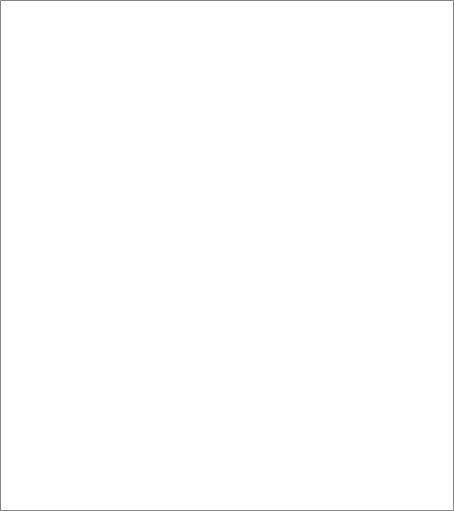Ponti Art Gallery is interested in buying and selling works
of art by this artist.

Artist Sadequain Biography
Syed Sadequain Ahmed Naqvi, widely known as Sadequain, was a legendary Pakistani artist, poet, and calligrapher, born on June 30, 1930, in Amroha, India, into a family with a long tradition of practicing the art of calligraphy. His journey as an artist began in the backdrop of the newly independent state of Pakistan, where he would eventually become one of the most influential and pioneering figures in South Asian art.
Sadequain's early life was marked by a profound engagement with the arts. He was only eleven when he manually inscribed and duplicated an entire geography textbook, demonstrating early signs of his artistic talent. During World War II, he painted a world map on walls, tracking troop movements, which reflected his keen interest in geography and history. He graduated from Agra University in 1948 with a degree in Art History and Geography and subsequently migrated to Pakistan.
In Pakistan, Sadequain's artistic career took off in the mid-1950s when he was discovered by Huseyn Shaheed Suhrawardy, the then Prime Minister of Pakistan. His first solo exhibition was held in Quetta in 1954, and by 1955, he had gained significant recognition, leading to a series of solo exhibitions and mural commissions that would solidify his reputation as a master artist.
Sadequain's work was characterized by a unique blend of traditional calligraphy and modern painting techniques. He is credited with revitalizing the art of calligraphy in Pakistan, transforming it into a form that was both expressive and contemporary. His calligraphic style was iconic and became a major influence on subsequent generations of Pakistani artists. His murals, which adorn many public buildings in Pakistan, are symbolic of collective human endeavor and are mostly donated to the public, reflecting his commitment to making art accessible to all.
The artist's murals are particularly noteworthy, not only for their scale but also for their thematic depth. They depict the struggles and achievements of humanity, often portraying laborers and workers against the backdrop of powerful natural elements. His mural titled "The Saga of Labor" at the Mangla Dam Power House is a testament to his ability to capture the essence of human endeavor on a grand scale.
Sadequain's artistic genius was not confined to the visual arts. He was also a prolific poet, writing hundreds of rubaiyat (quatrains) in the style of Omar Khayyam and Sarmad Kashani. His poetry, like his paintings, dealt with themes of social and cultural dogmas. He published his quatrains in several volumes, which further showcased his mastery of the Urdu language and his ability to convey profound messages through his art.
Throughout his career, Sadequain received numerous accolades, both nationally and internationally. He was awarded the Tamgha-e-Imtiaz (Medal of Excellence) by the Government of Pakistan in 1960, the Biennale de Paris by the Government of France in 1961, the President's Medal of Honor in 1962, the Cultural Award by the Government of Australia in 1975, and the Sitara-e-Imtiaz (Star of Excellence) by the Government of Pakistan in 1980.
Sadequain's influence extended beyond the borders of Pakistan. He spent time in Paris, where he augmented his skills and achieved international acclaim. His work was exhibited across Europe and the United States, and he was invited by the French authorities to illustrate the award-winning novel "The Stranger" by Albert Camus. His Paris years are considered some of his most productive, resulting in a body of work that was both innovative and reflective of his evolving artistic vision.
Despite his success, Sadequain remained a humble and generous artist. He was known for gifting his paintings rather than selling them, and he often donated his works to public institutions. His legacy is not only in the thousands of artworks he created but also in the inspiration he provided to future generations of artists and calligraphers.
Sadequain passed away on February 10, 1987, in Karachi, Pakistan. His death left a void in the art world, but his contributions continue to be celebrated and studied. His work is a testament to his belief in the transformative power of art and its ability to speak to the human condition. Sadequain remains a towering figure in the history of Pakistani art, and his legacy endures as a source of national pride and artistic inspiration.
Artist Sadequain Quotes and
Sales of Works
Ponti Art Gallery selects and deals with paintings by the
artist. Upon request, we provide free estimates and
evaluations, communicate prices, quotations, and current
market values.
If you are interested in BUYING or SELLING works by the
artist, contact us immediately.
If you wish to sell or receive an evaluation of the
works:
Send us a frontal photo of the painting, one of the back,
and one of the signature. Also, indicate the dimensions of
the work. Inform us about the purchase origin of the work
and any kind of available documentation (purchase
receipts, certificates of authenticity, publications). One
of our operators will respond to you on the same day. We
guarantee maximum confidentiality and extreme
professionalism.
If you wish to purchase works by the painter: Contact us
and let us know your request. We will inform you about the
available works. We also offer the possibility to
subscribe to our NEWSLETTER, through which you will be
informed at the beginning of each month about the latest
acquisitions of the art gallery.
You can send us pictures of the work:
